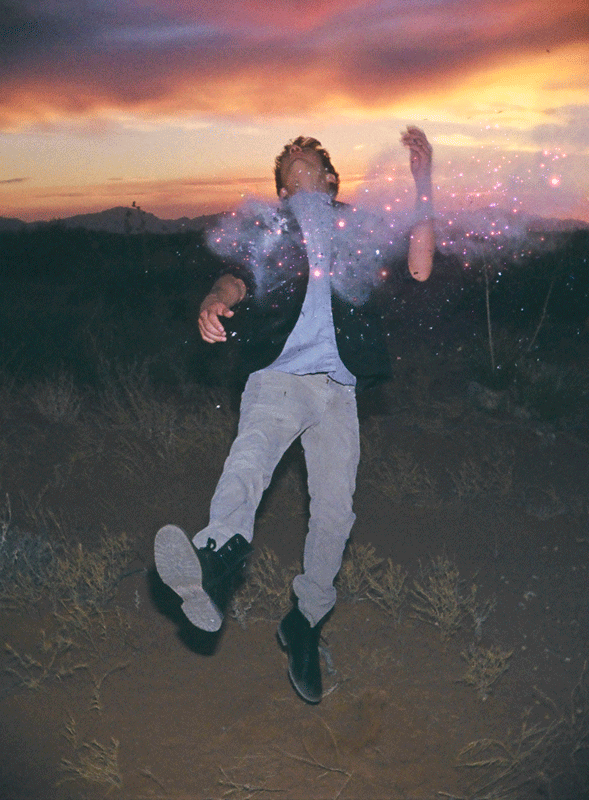by Shannon Polugar, MFA Student
A modern stereograph photo by Ignacio Torres, taken with a standard DSLR camera, is actually four photographs in one
Late last month I found myself upstairs in the back of a large antique store, where a dozen or so metal filing cabinets stood containing photographs of all but the earliest of photographic types, along with baskets of photos covering the tops of the cabinets. I, however, was drawn to one particular type of photograph: the stereographs.
For a lover of old photographs, it is easy to spend half a day in a room like this, at an antique mall in Monterey, California. The stereoscope or ‘viewer’ hangs from the ceiling above the filing cabinets
I have long been fascinated by this type of photography. In the closet of my grandfather’s office were stereograph slides that he had taken of their time in Ecuador in the 1960s, along with the Grand Canyon a handful of years later. I could spend hours putting the slides into the viewer, amazed at how surreal the three-dimensional photos appeared. Whether it was these or the over 100-year-old stereograph cards I was sliding into a wood and glass viewfinder in the antique store, they all felt like I was not just viewing a moment in time, but stepping into that moment.
One photographer though has found a way to create that same stereoscopic, three-dimensional view, with the modern digital camera, and without a stereo lens. Ignacio Torres, a photographer based out of New York City but who has done extensive work in Mexico as well, created his “Stellar” series with this view in mind.
The elements of space and time within the photographs are heightened in Torres’s photographs, making one feel ‘in’ the moment rather than just viewing it flatly.
Torres describes that his intention in this series was to heighten the element of space and time, which he does by taking four individual photographs in very quick succession, and then placing those photographs together in an animated GIF to create the three-dimensional effect.
The same is done with old stereograph photos online, though it is only two images in this case. Torres’s work, adding the two additional frames, creates a much smoother look. His series also plays up the whimsical, using Photoshop in post-production to highlight the stardust (confetti), to “serve as a visual metaphor to the spatial link we share with the stars.”
While older stereographs can be viewed digitally through a similar process, they don’t appear as smooth as Torres’s work
However, unlike the two frame stereographs that can be slid into a viewfinder, Torres’s work can only exist in the digital world. The images cannot be printed and still viewed as he intended. To be viewed on a gallery wall they would need to be in a digital frame. So while the visual effect is similar, there is a disconnect with Torres’s modern stereographs with the old ones.
And I did leave the antique store a bit poorer monetarily and a bit richer in history, a handful of stereographs from 1905-1915 neatly wrapped in a paper bag, but also having these modern stereographs portably within reach, only a URL away on my phone.
http://www.1883magazine.com/arts/arts/ignacio-torres
http://abcnews.go.com/Technology/page/stellar-project-images-photographer-ignacio-torres-14474643






